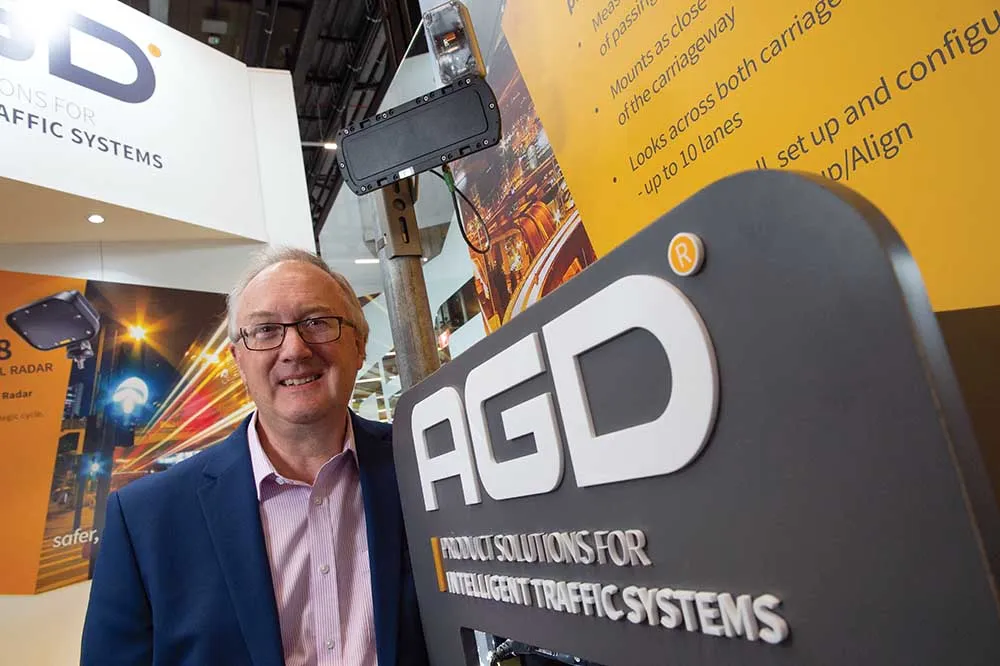Don’t be fooled by the appearance of smartmicro's new UMRR-0C intersection management radar – while it looks like all the others, the company says its performance is very different.
March 26, 2014
Read time: 1 min

While users of the current generation of radars have to tradeoff between angle of view and range, the new unit can detect vehicles up to 400m away while retaining a wide angle of view.
Business development manager Christian Prieske said by using more than one antenna in the unit, the system can effectively divide the scanned area vertically and radially into angular cells enabling it to combine both range and field of view. This has the added benefit of being able to better separate a number of cars travelling at exactly the same speed and the output can be wirelessly exported if required.
“The first test results are very promising and there is potential for the unit to be used in mobile installations,” he said.










